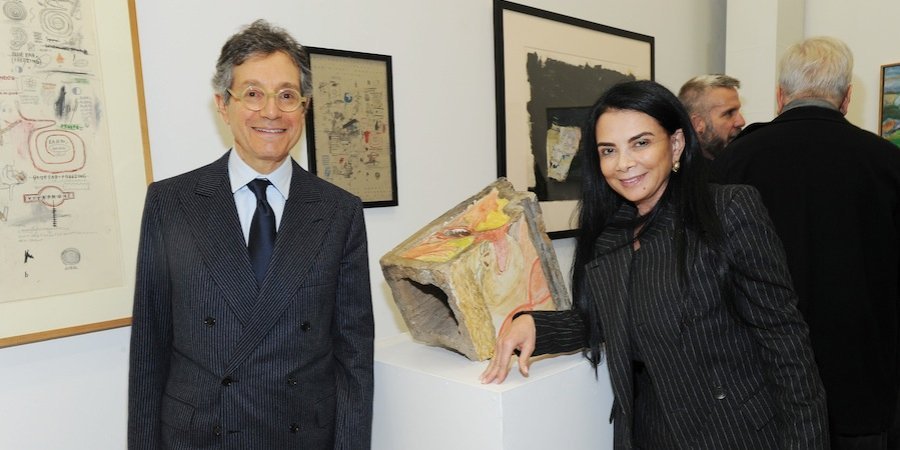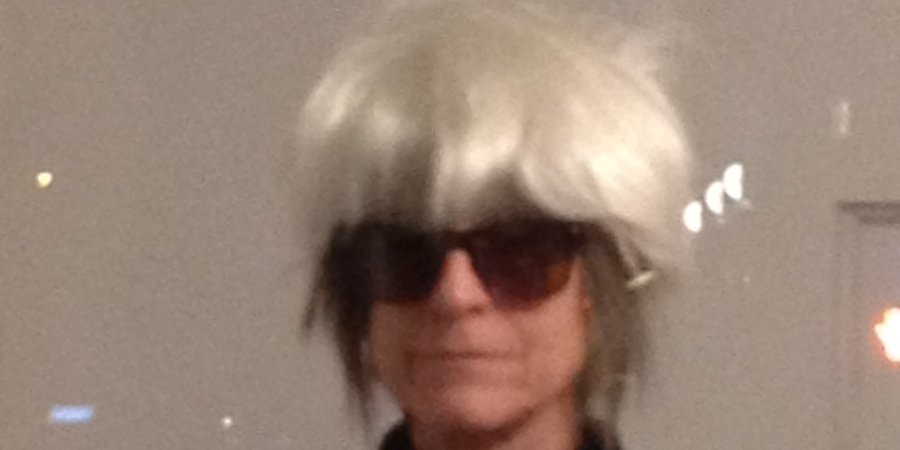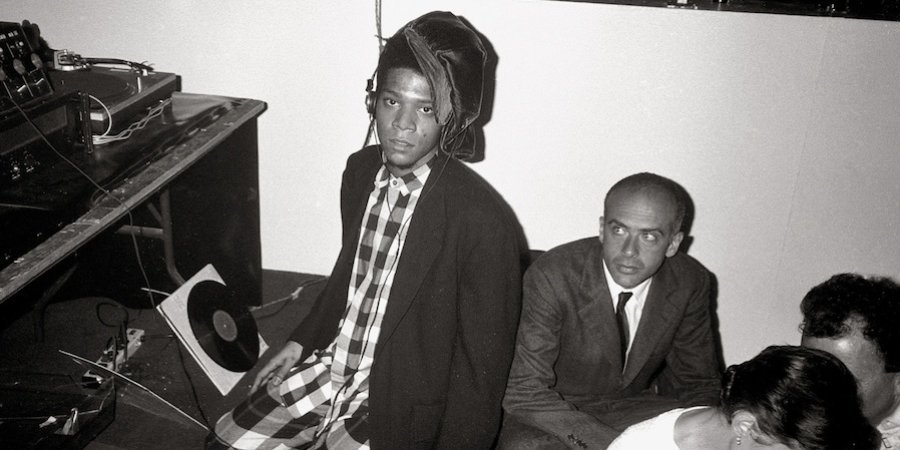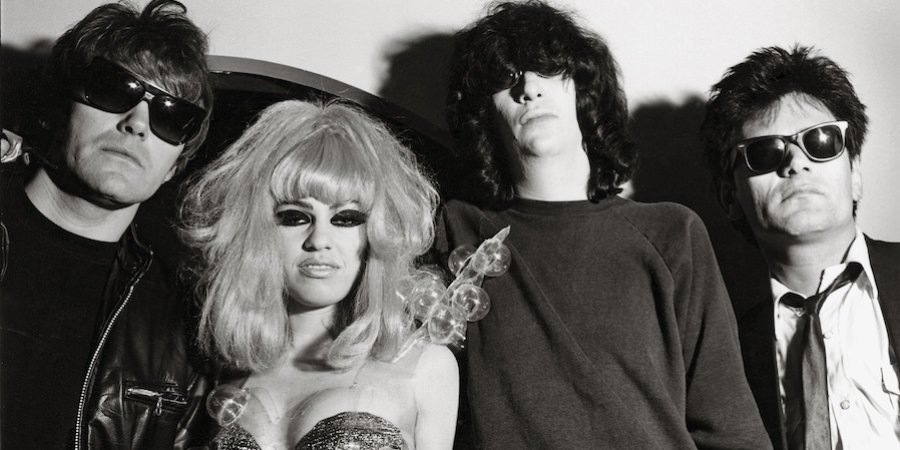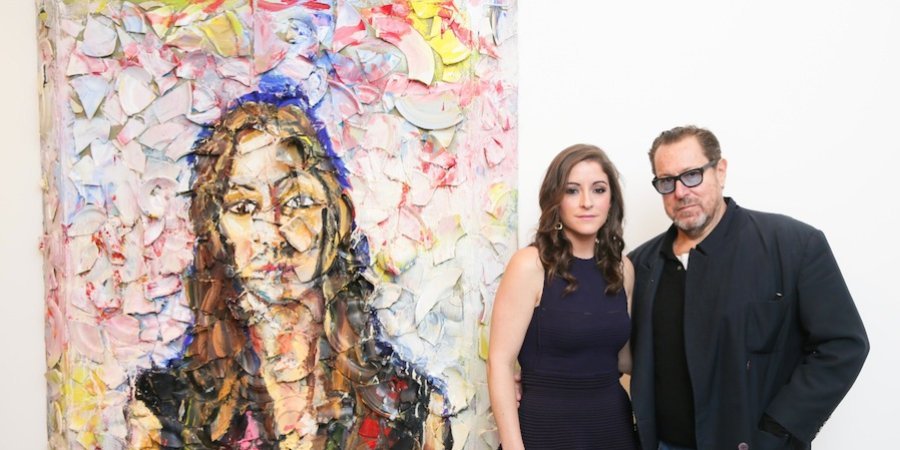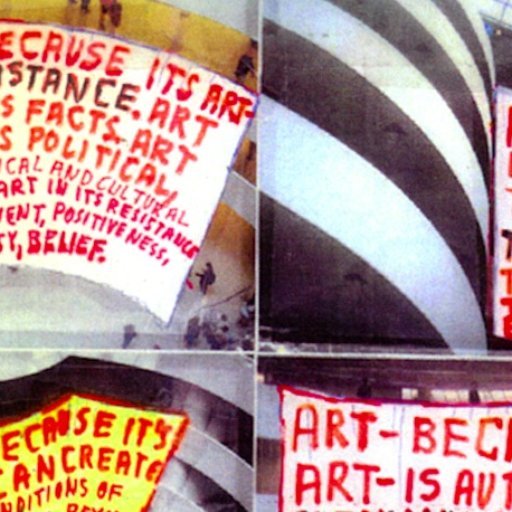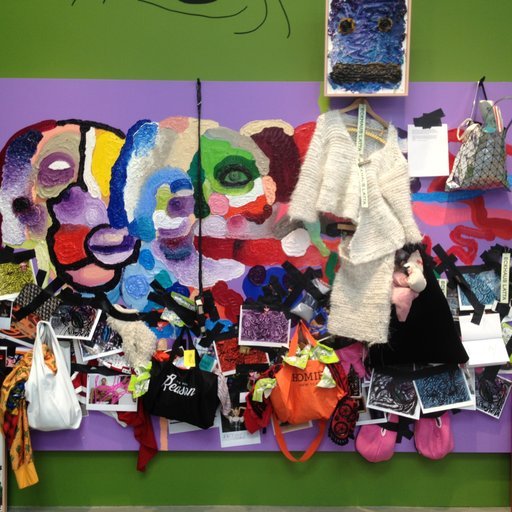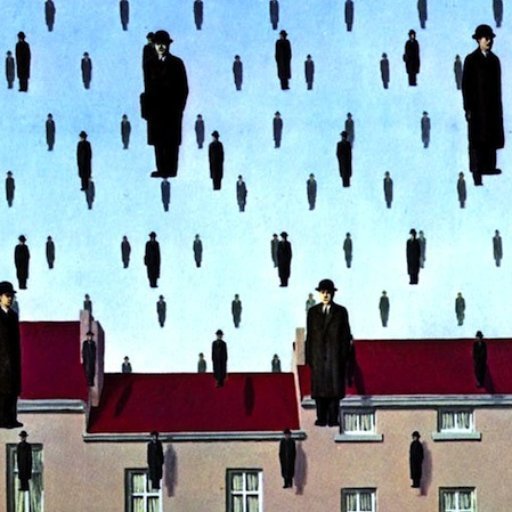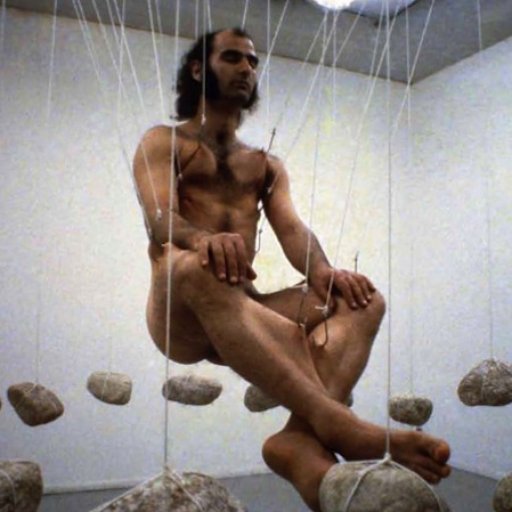"A bunch of rubbish" was the verdict, offered only half in jest by the predictably dyspeptic English journalist. He was surrounded by huge paintings covered with shards of broken crockery and slathered with crudely painted images. Yes, rubbish, but is that not the quest of the avant-garde, to magically spin art from dross like some aesthetic Rumplestiltskin?
Though broken dishes are certainly disposable, they also have some runic power as emblems of marital squabbles, kitchen catastrophes, or the slapstick "tablecloth yank," that great vaudeville prank that promises, falsely, to remove a tablecloth without upsetting the place settings. Broken dishes can signify much more. Back in 1999, Donald Kuspit praised earlier versions of these plate paintings by Julian Schnabel—whose 50-work retrospective at the Brant Foundation in Greenwich, Connecticut, had lured the attention of the international press—as "a major innovation as well as a physical tour de force." Kuspit further ventured that "each plate is a kind of halo," making the painted figures seem "sacred.
We play in poetry, us art writers, and it's poetic enough to think that these works are the portentous artistic debris of their decade, the 1980s. Now more than a quarter-century in the past, the '80s have gelled in memory like a chunk of china in bondo, a little dusty but holding fast to its place as the threshold to the new postmodernist sensibility. The '80s gave us the first wave of new art-market heroes, with Schnabel at the crest. And now that it's history, it can begin its endless comeback.
We saw a sign of an '80s return in Eric Fischl's recent memoir, Bad Boy, and also in the pride of place given to David Salle's magisterial Muscular Paper (1985) in the new contemporary installation at the Museum of Modern Art. Now, the dealer Per Skarstedt, who has announced his entry as a big player in the primary market with news of a second New York gallery space in Chelsea next year, has on view at his two-story East 79th Street townhouse space a "long lost" suite of Salle's paintings from 20 years ago. (For those keeping track, the artist had previously shown at Mary Boone Gallery.)
Dubbed "Ghost Paintings," the pictures seem stripped-down for Salle, with nothing attached to the surface, and no superimposition of discordant images. Each large painting features a black-and-white photo of a sexy model, but hidden from view under a white sheet—"they're all figurative paintings," observed the artist Mark Kostabi. The photo image has been divided horizontally into three zones, each tinted a different primary color. The paintings were originally made for a 1993 exhibition and then, in the midst of a market slump, were put into storage. Stylish and erotic, the paintings are a revelation but no surprise.
More gossip-worthy perhaps is the intelligence that the able dealer has already sold all the color canvases at $350,000 list. Salle's auction record, according to the Artnet auction database, is $576,000, paid for a 1989 picture in 2006. Schnabel's record, from the same source, is $905,000, set earlier this year for a 1972 plate painting.
The third and arguably most exciting manifestation of an '80s return was the opening party for the all-too-brief "Area 1983-1987" exhibition held at The Hole on the Bowery earlier this month. Overseen by former MOCA director Jeffrey Deitch in his first New York curatorial effort in four years, the exceptionally festive event featured a dance floor, copious photos, artworks that once decorated the club, several half-dressed sex performers, a back gallery with its entryway disguised as a row of toilet stalls, and a plastic booth full of swirling money that "contestants" could attempt to grab. It was a delirious interdisciplinary mix, and proved that Deitch hasn't lost his showman's touch. Whatever happened to him as a museum director out on the West Coast, his street cred in the New York art world is intact.
"Area 1983-1987" marked the publication of a new 387-page book documenting Eric Goode's art-centric nightclub, which every month or so would remake itself according to a new theme. (Goode, who was one of several people who worked on the show and who is co-author of the book with his sister Jennifer, now heads the Turtle Conservancy and is a partner in the Bowery Hotel and several other chic properties.) Area memorably added performance art to its typical nightclub mania, and the opening at The Hole included a recreation of Andy Warhol's own "Invisible Sculpture" performance, in which he stood in an otherwise empty vitrine. His stand-in this time around? None other than Artforum critic Linda Yablonsky, complete with fright wig and dark glasses.
It's notable that these three shows all opened during New York's fall auction month, which saw over a trillion dollars worth of contemporary art hit the block. Plenty of it was by '80s artists, of course, including Jeff Koons (new auction record: $58.4 million) and Jean-Michel Basquiat (high price, though not a record: $29.3 million). What is it that they say? A rising tide lifts all boats? All aboard!
Walter Robinson is an art critic who was a contributor to Art in America (1980-1996) and founding editor of Artnet Magazine (1996-2012). He is also a painter whose work has been exhibited at Metro Pictures, Haunch of Venison, Dorian Grey, and other galleries. Click here to see his previous See Here column on Artspace.













